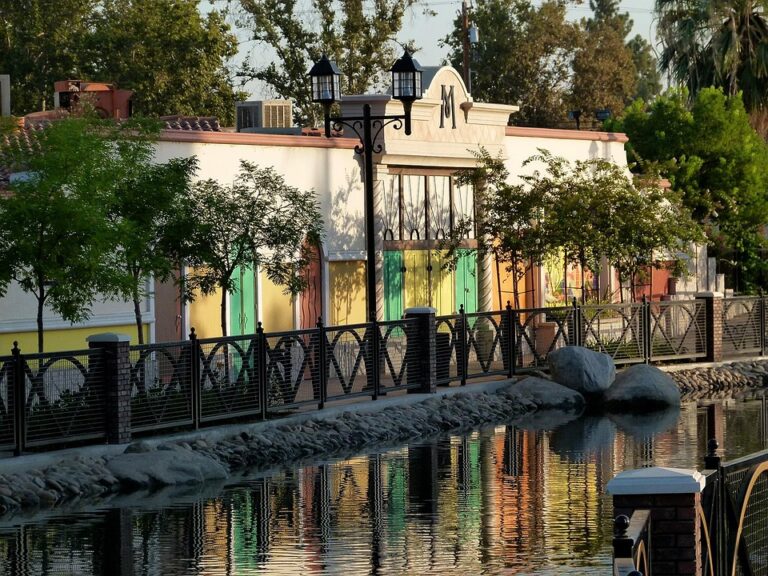Bakersfield Weather: Your Comprehensive Guide to Current Trends, Stats, and More
Bakersfield, California, located in the southern part of the San Joaquin Valley, is known for its dynamic landscape, booming agriculture, and a climate that boasts more sunshine than many other places in the United States. With an average of 272 sunny days per year, Bakersfield weather is characterized by warm summers and mild winters, making it a prime location for outdoor activities year-round.

Seasonal Climate Overview
Winter (December – February)
Winter in Bakersfield is generally mild, with average high temperatures ranging from 55°F to 65°F and lows from 35°F to 45°F. Fog can be a common occurrence due to the area’s agricultural activities and temperature inversions. Interestingly, the area receives a mere 6-8 inches of rain annually. On average, January is the coldest month, and while snowfall is rare, the nearby Sierra Nevada mountains offer a picturesque backdrop during this season.
Spring (March – May)
Spring witnesses a gradual warming, with temperatures climbing from the mid-60s in March to the low 80s in May. The region comes alive with blooming wildflowers and fruit trees. However, it can also be a windy season, as springtime winds often sweep through the valley. Notably, March and April tend to be the wettest months, contributing potentially significant rainfall after the dry winter months.

Summer (June – August)
Bakersfield summers are characterized by sweltering heat, with average highs soaring above 90°F and sometimes exceeding 100°F. July is typically the hottest month. Interestingly, the area has an arid climate with very little precipitation, which means residents must stay hydrated and protect themselves from the sun. Fortunately, evenings often bring a welcome breeze, providing relief from the daytime heat.
Fall (September – November)
Fall in Bakersfield is marked by a gradual cooling from the summer highs, with September still experiencing temperatures in the 80s. By October and November, averages drop to the 60s and 70s. This season also brings less wind and lower humidity, making it a beautiful time for outdoor activities and gatherings. Typically, by late November, the first hints of winter’s chill can be felt.

Weather Averages and Records
Bakersfield’s climate has some notable statistics that highlight its distinct characteristics:
- Average Annual Rainfall: 6 inches
- Average Annual High Temperature: 79°F
- Record High Temperature: 113°F (recorded in July 2003)
- Record Low Temperature: 17°F (recorded in December 1990)
These statistics emphasize the arid and warm conditions that define Bakersfield, influencing not just lifestyle but also local agriculture, which greatly benefits from the region’s sunny climate.
Recent Weather Trends
In recent years, weather patterns have shown fluctuations caused by climate change. Extreme heat events have become more common, with many days pushing the temperature over the 100°F mark. The California heat wave of 2021 has been particularly impactful, affecting energy consumption and agriculture.
Adverse effects include prolonged droughts impacting local farmers. However, the community remains proactive, employing water conservation techniques and strategies to cope with changing weather patterns.
Local Predictions
For the most current weather updates, it’s essential to follow local news outlets and weather channels. Websites and apps like the National Weather Service or local news stations provide real-time data, alerts, and forecasts that can help residents stay prepared.

Conclusion
Bakersfield weather is a blend of sunshine, mild winters, hot summers, and occasional seasonal wind. With stats illustrating its sunny disposition and a population that’s well-adapted to its environment, this city offers a vibrant lifestyle that embraces the outdoors. Be sure to stay up-to-date with the latest weather news for Bakersfield to make the most out of your time in this sunny Californian hub, where the warmth of the weather is rivaled only by the warmth of its community.


